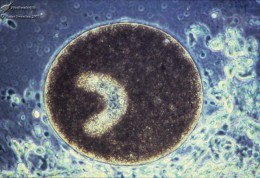Marine saltwater fish ich
If you have a saltwater tank, you have most likely experienced some type of marine ich issue. This means that you need to know what marine ich is and what causes it in order to fight against it. This is a type of parasite that affects only saltwater fish and develops below the skin and gills. This type of parasite on saltwater fish often results in white spots on the body of the fish. However, it is important to note that the white spots are not the marine ich parasite. These white spots are simply a symptom of the parasite and a reaction to the body of the fish.
What Type of Parasite?
This parasite is the enemy and you must have a better understanding of it. This type of parasite is classified as an ecotoparasite. This means that there has to be a fish in the tank for the parasite to exist. The marine ich is a parasite that has about 4 different stages during its life cycle. However, if a tank has been infected, all 4 different forms can exist at any given moment. However, you can kill the parasite and remove all forms from your tank. Marine ich can be destroyed.
4 Forms of the Life Cycle
The 4 different forms can be easier identified as stages. The Tomont stage of marine ich involves the parasite latching on to the substrate and reproducing. This type of stage can range from 3 days to 27. The length of this stage is determined by the temperature of the water within the tank. The Theront stage is the second form and involves the parasite hatching and swimming in the tank. The marine ich parasite is trying to find fish and it will die within 2 days if it does not attach to a fish. This stage lasts The Trophant stage of marine ich is an adult stage of this parasite and involves feeding on the fish for 3 to 6 days. The final stage is the free swimming stage after the marine ich has fallen off of the fish.
How Did Marine Ich Get In Your Tank?
Once you understand what marine ich is, you might wonder how it got into your tank in the first place. You are most likely the culprit and probably added sand, rock or a fish that was already infected to the tank.








